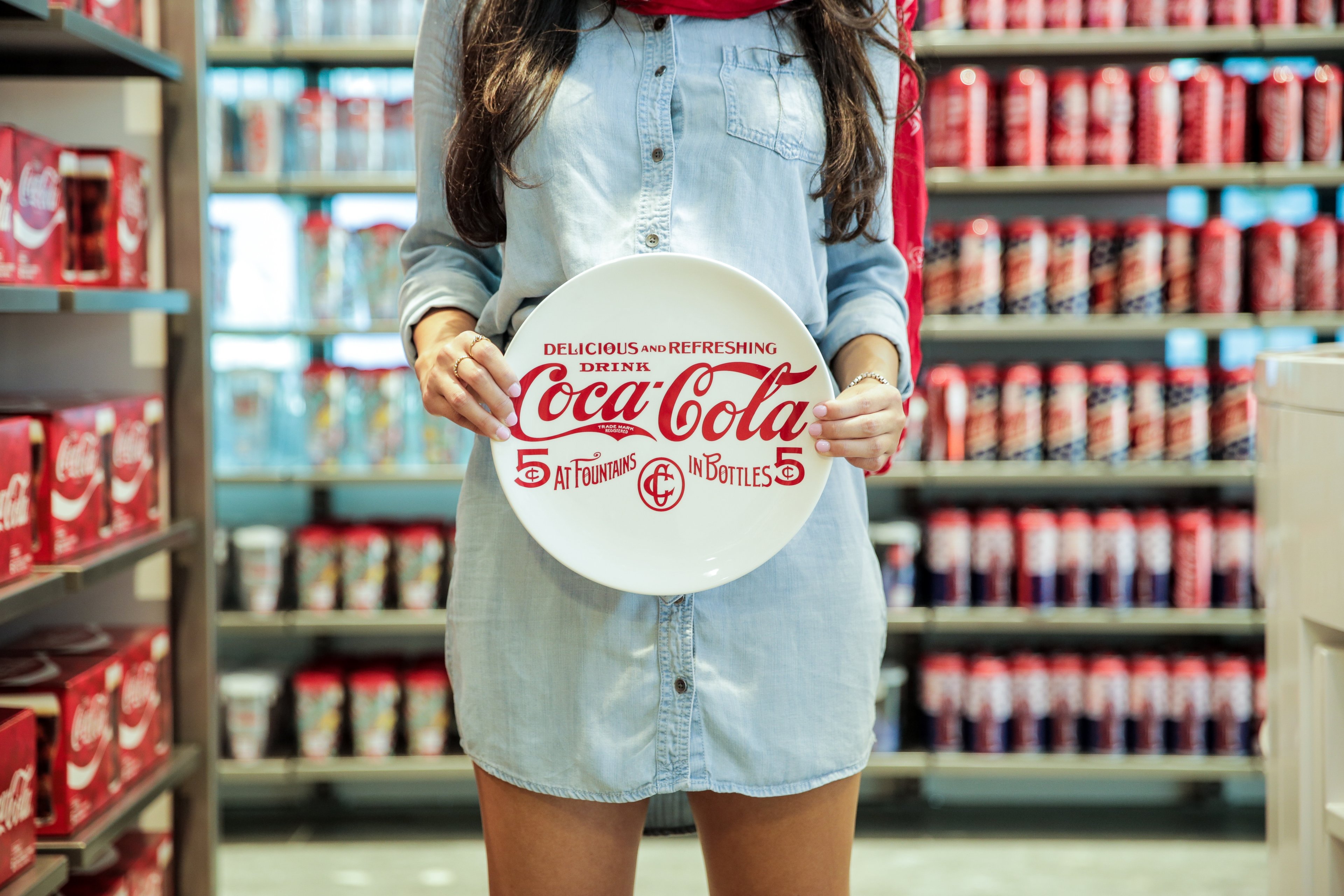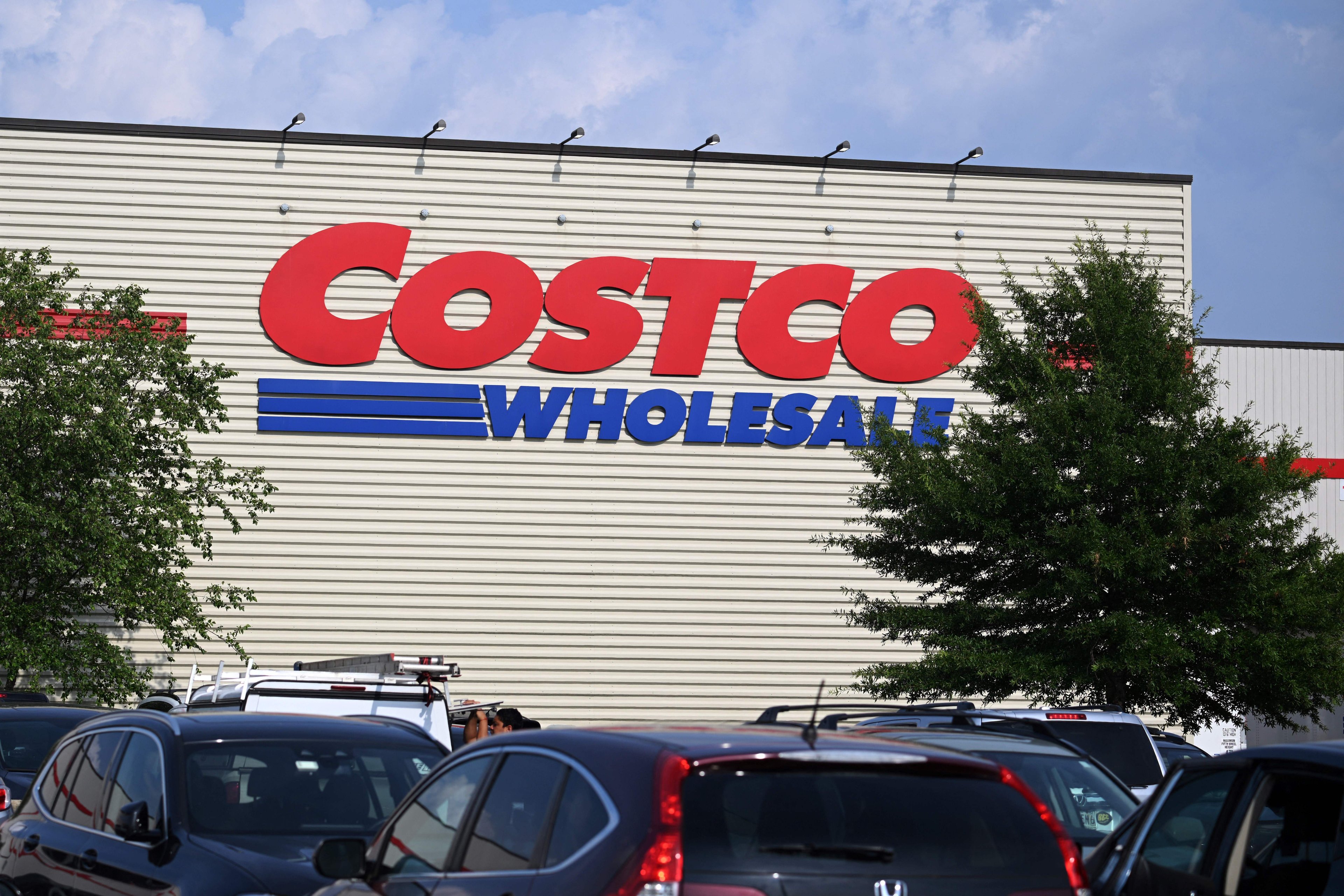In a competitive retail market where brick-and-mortar retail battles with pure-digital for sales, a company has to fight to stand out. That at least partly explains why 9 in 10 retailers will increase their marketing spend in 2018, according to a new report from RetailMeNot (SALE +0.00%).
Retailers will split their budget almost evenly among marketing channels including social, mobile, brand, and display. That is an attempt to "ensure that every customer is receiving information in the channel of their choice," according to the report.
"Retail marketers are no longer thinking in channel silos. They are approaching commerce holistically with an understanding that consumers are channel-agnostic," said RetailMeNot CMO Marissa Tarleton. "Delivering an experience that meets the consumer in the moment across the shopping journey will be the pathway to success for brands."
Nearly all (93%) of mid-sized retailers (between $500 million and $1 billion in annual revenue) are increasing their marketing budget this year. Only 86% of companies with over $1 billion plan an increase.

Retailers need to be aggressive when it comes to getting customers to come out. Image source: Getty Images.
Fighting fraud
One of the challenges when using digital advertising channels is verifying that you're getting what you pay for. To make sure that happens, half (50%) of retailers plan to use "multi-touch attribution in order to better monitor the quality of traffic from their advertising investments," according to the report.
More than 6 in 10 (63%) will increase the amount of media they buy directly. That means that instead of purchasing a pool of ads that may appear in varying places, they will buy ads specifically from the websites, television stations, and other digital places they wish to advertise on.
It's not just ads
Retail marketers are not just using advertising to boost sales. Over half (52%) believe improving mobile web checkout capabilities (52%) will help. In addition, 51% expect that offering exclusive promotions for mobile app users should increase sales and 39% have plans to implement mobile shopping.
Pricing is still a driver
One clear way to get people in the door is to offer low prices. Over three-quarters (76%) of retailers plan to offer an increased amount of promotions in the coming year. Even more (88%), will partner with websites and apps that offer deals, cash back, and loyalty programs.
"The convergence between physical and digital shopping will blend even further this year," said Tarleton. "As retail shifts continue, delivering seamless shopping experiences -- be it in-store or online -- are critical to success."
This is good for consumers
While few people have ever hoped they would see more ads, most will be happy with an increase in promotions. In many ways, retail has become a buyer's market. Since you can buy nearly anything online, brick-and-mortar chains have to be very aggressive.
Unless a retailer has a unique item -- and there really aren't that many of those -- it has very little pricing power. That's likely to continue and push prices even lower as more digital-only competitors enter once non-competitive niche markets.
Retailers are simply going to have to deal with smaller margins. That's something the biggest players already do. Smaller chains are either going to have differentiate themselves based on something other than price or find themselves getting priced out of being competitive.





